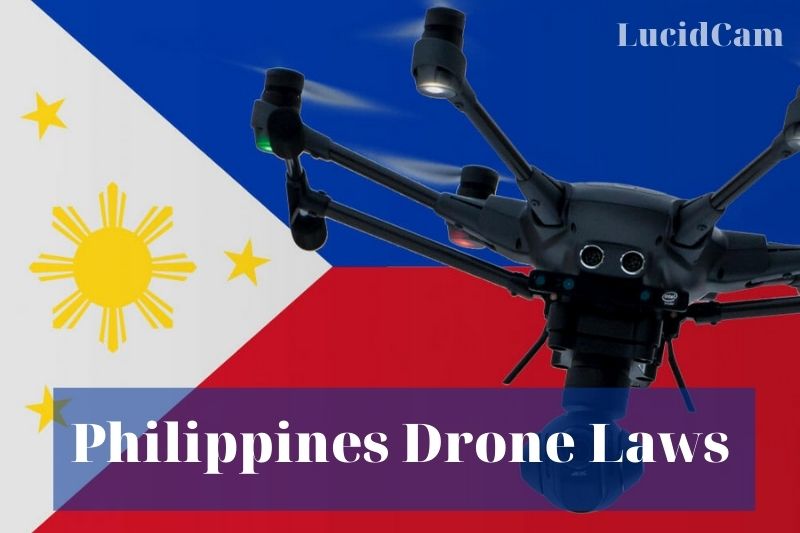The Philippines has a set of drone laws which can be found on the official website. These laws state that all drones should have a permit and only fly in daylight hours, with a height limit of 150 feet. They also allow for personal use as long as you don’t operate them near airports or military bases.
The post contains information about what types of permits are required, as well as how to apply for one if you’re interested in flying your own drone in the Philippines. It’s important to follow these rules so that we can enjoy our time here!
Table of Contents
- 1 Philippines Drone Laws
- 2 Guide to Philippine Drone Laws and Certificates.
- 2.1 1. Am I required to have a permit, license, or certification in order to fly drones in the Philippines
- 2.2 2. What drones are available for hobby use?
- 2.3 3. Are drones allowed to fly at any time?
- 2.4 4. What should I avoid in no-fly areas?
- 2.5 5. How high can my drone fly?
- 2.6 6. What is the minimum number of people required to make a place considered a populated zone?
- 2.7 7. Can I take pictures of my subdivision/condo/barangay?
- 2.8 8. What are the safety rules and regulations for drone hobbyists?
- 2.9 9. What is commercial use?
- 2.10 10. What are the requirements to use drones commercially?
- 2.11 11. How do I apply for the RPAS Controller Certificate?
- 2.12 12. How do I apply for the RPAS Operator Certificate?
- 2.13 13. How do I register my drone and get an RPAS Registration Certificate?
- 2.14 14. Can I fly a drone in the Philippines?
- 3 Note to Foreign Operators
- 4 Conclusion
Philippines Drone Laws

The Philippines’ national aviation authority, the Civil Aviation Authority of the Philippines (CAAP), states that flying a drone in the country is legal. However, we recommend you be aware of the regulations and comply with them before doing so.
General Rules for Flying a Drone In the Philippines
These are the top drone rules for flying drones in the Philippines, based on our research and interpretations of the laws.
- To fly a drone commercially or fly a drone weighing more than 7 kilograms (15 pounds), you must obtain a CAAP certificate. For more information, see the following section.
- Fly only during daylight and in good weather
- You must keep the drone within your sightline.
- Avoid flying over densely populated areas such as schools and markets.
- Fly no higher than 400 feet above the ground.
- Keep at least 30 meters (98 feet) from anyone not directly involved in the drone’s operation.
- Avoid flying closer to airports than 10 km (6 miles).
- Avoid flying near emergency areas such as fires.
- No night flying
This document is available on the CAAP website. For more information about the Philippines’ drone laws, please visit this link.
Safety distances and flight bans
- Distances to airports should always be less than 10 km. Uninvolved persons must observe a minimum distance of 30 m
- It is against the law to operate UAVs within a densely populated area, such as schools or marketplaces.
- The Philippines prohibits nighttime drone flights.
Certification Requirements For Fly A Drone In The Philippines
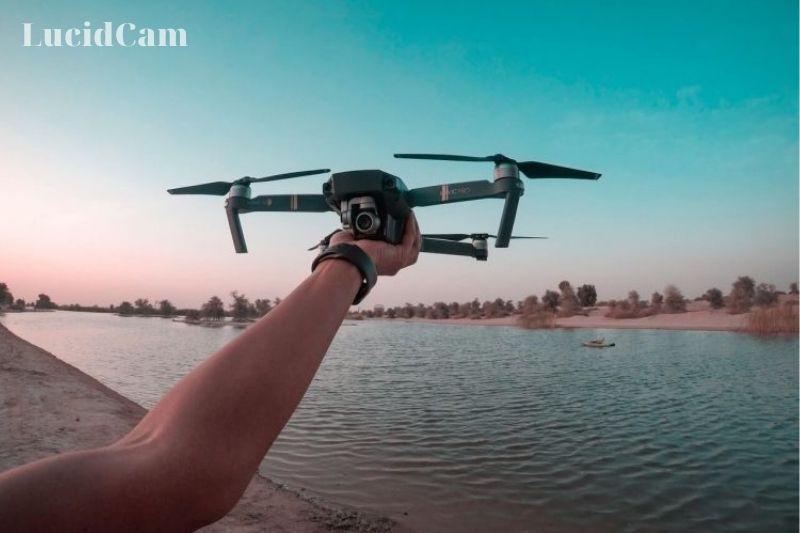
A CAAP certificate is required for large drones that weigh 7 kg (15 pounds) or more. The Commercial drone requires a UAV certificate. There are three parts to the authorization:
- UAV Controller/ Pilot Certificate
- Registration of unmanned aerial vehicles
- Certificate for UAV Operator
You must successfully complete a training course and pass an exam to be eligible for the UAV Controller / Pilot Certificate. The certificate is valid for five years. The UAV Operator Certificate is valid for three years and requires a letter of intent and detailed operations specifications.
After registration, required registration marks must be placed on the UAV in a clearly visible manner. Find out more information about certification on the CAAP website.
Recreational Drone Use In The Philippines
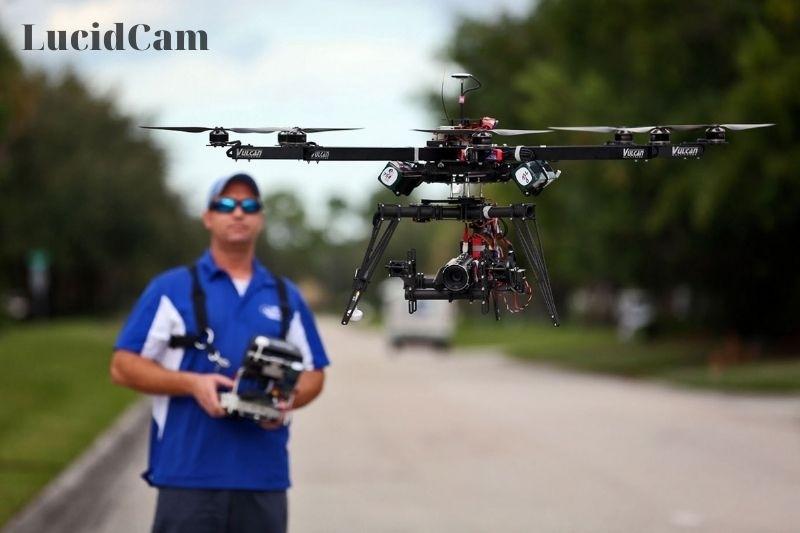
You do not need a license or a permit for recreational use if your drone is less than 7 kg and you follow the below rules to fly:
- At a maximum elevation of 122m above ground.
- At least 30m away from large groups of people and respect individual privacy.
- Airports must be at least 10km away
- It is a good idea to have insurance that covers all possible risks.
- It should be kept out of areas where it could cause interference with police and first responders.
- Fly within the daylight & within your reach at all times
- You must comply with the following commercial use rules if your drone weighs more than 7kg or in any other cases that go against the code of conduct.
- Section 11.11.7.4 is the best section to check if you are interested in attending a fly show, expo, or taking part in in-flight demonstrations.
Use Of Drones Commercially In The Philippines
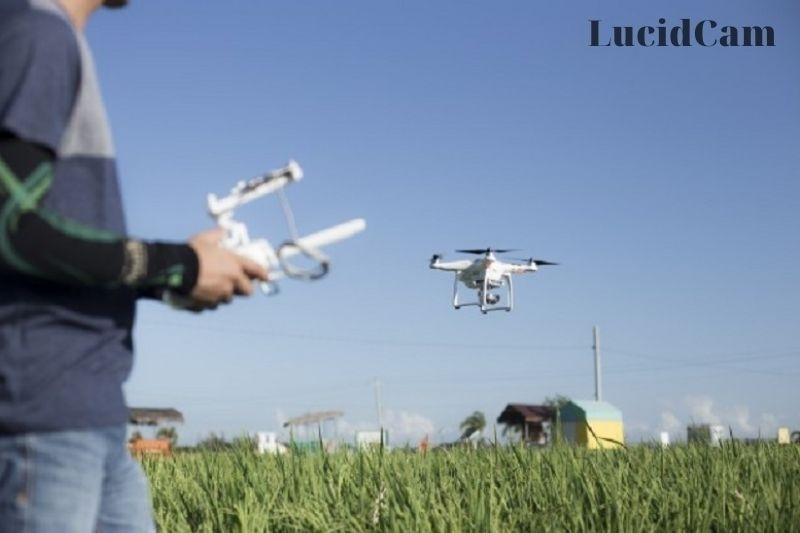
A pilot certificate (1), RPA (Remotely Piloted Aviation) operator certificate (2), and a registration certificate (3) are required for flying drones in the Philippines.
1/You must have completed an aviation theory exam, completed a training course on the drone you want to fly, and have at least five hours of experience operating drones outdoors in order to pass a pilot’s test.
2.1/ Send an email to the CAA to obtain a pre-application for an RPA.
- A letter of intent.
- A completed Pre-application Statement Of Intent (PASI), Form for RPA Operator Certificate. It should include your structure and organization, your staff, their qualifications + experiences, your equipment, and a description of the proposed operations.
- Each applicant must include a copy of all manuals that are relevant to the operation and maintenance of the RPA in their application.
- Your application for the whole organization will be rejected if 2 or more of your employees are deemed non-eligible.
- If your drone weighs more than 150kg, you will need to present a certificate (SCA) or experimental certificate (EC) upon registration if it is undergoing a test.
2.2/ You will need to show the CAA that you have:
- Your RPA has been approved.
- You are now licensed as a pilot.
- Your drone is insured.
- In the past 5 years, you have not been sentenced for any drone-related matter.
The RPA is valid for three years
3) Once you have registered your drone, mark your identification clearly on it
The CAAP website has all the information you need about the certification process.
Notes on Commercial Drone Services Operations in the Philippines
Without a permit, commercial drone use in the Philippines is strictly prohibited.
Operators must have a valid authorization certificate from the Authority before they can perform aerial work.
Each applicant must apply at least 90 days in advance for the initial issuance certificate of authorization.
If the Authority determines that the applicant meets these requirements, it may issue a certificate granting authorization.
- A citizen of the Republic of the Philippines
- The Republic of the Philippines is the principal place of business for the applicant and the registered office if any.
- that the applicant complies with all applicable regulations and standards governing the holder of a certificate of authorization
- The applicant has adequate capital.
The Authority may deny an application for a certificate of authorization if it determines that the applicant is not properly or adequately equipped or capable of conducting safe aerial work operations:
- The applicant previously held a certificate of authorization, which was canceled; or
- The applicant had previously held a certificate of authorization which was revoked.
- Persons who contribute to the circumstances leading to revoking a certificate authorization are granted substantial ownership or are employed in a job that is required by the country’s regulations.
Guide to Philippine Drone Laws and Certificates.

1. Am I required to have a permit, license, or certification in order to fly drones in the Philippines
To fly your drone recreationally, you don’t have to get a permit. You can fly a small drone around your home or for photos on your drone blog.
There are certain areas in the Philippines, such as Davao City, that require registration. To avoid problems like these, we recommend that you register your drone, even if it is not required by the CAAP.
If you intend to fly RPAS, you will need a certificate from the CAAP. This includes an RPAS Controller Certificate for yourself or your pilot, RPAS Registration Certificate for your drone, and an RPAS Operator Certi for your business.
Operate drones commercially (ex: start a business for aerial photography/videography or construction surveying)
Fly large drone up to 7kg in weight
Flying in restricted areas such as night flights, restricted airspace, or flying above the maximum altitude is prohibited. These restrictions also require special flight permits.
2. What drones are available for hobby use?
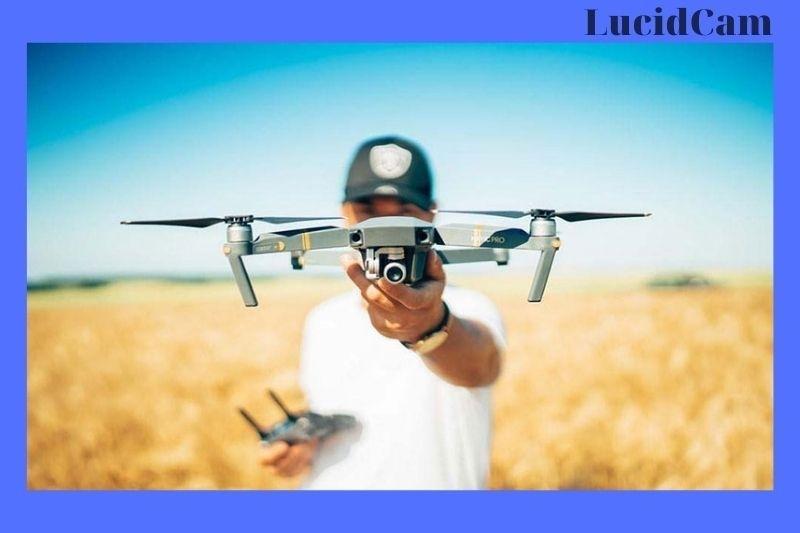
You can only use small UAVs weighing 7 kg or less if you’re just starting out and have no training or credentials. This category covers most consumer-level drones that you can purchase and shouldn’t pose a problem.
Remotely piloted aircraft weighing more than 7kg must be registered with CAAP before they can be flown.
If your drone weighs more than 150 kg, there are additional requirements. A Special Certificate for Airworthiness or an Experimental Certificate is required.
3. Are drones allowed to fly at any time?
You are not allowed to fly after sunset or before sunrise.
Your drone can only be piloted if you are able to see it clearly and its location (within your visual line-of-sight). You should also avoid flying in bad weather, as rain or fog can obscure your drone.
4. What should I avoid in no-fly areas?
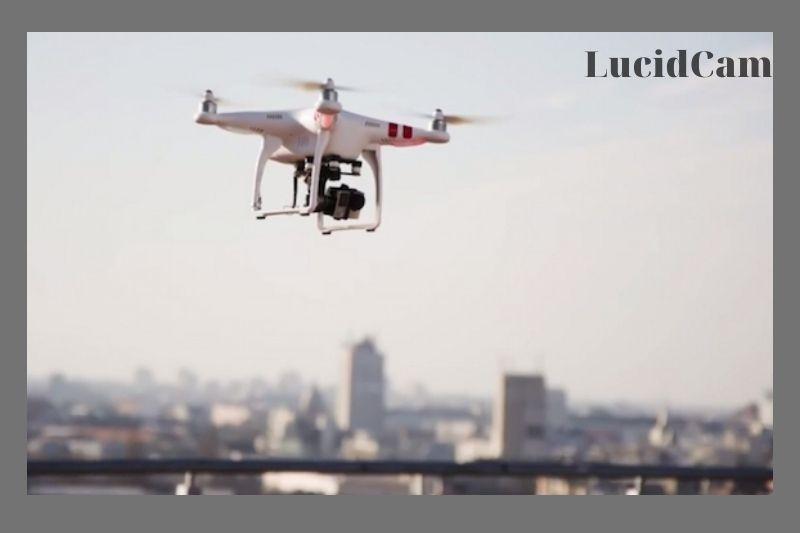
Airports are the most restricted areas. Avoid traveling within 10km of airports, which may extend to more than the actual airport property.
High-populated areas are also no-fly zones. This includes:
- Schools and universities
- Markets and malls
- Any location that hosts large crowds
Avoid areas with restricted or controlled airspace such as:
- Government buildings (ex: Malacanang Palace)
- Military bases
- Sometimes, a permit may be required by the supervisor of the national park.
5. How high can my drone fly?
Flying up to 400 feet above the ground is allowed (or approximately 122 meters). To fly higher, you will need to get approval from CAAP.
This measures the distance between the aircraft and the ground below it as it flys. You must adjust your flight path if you are taking off from a building, hill, or another elevated area. Otherwise, you will be violating the maximum altitude.
You must adhere to visual line-of-sight (VSOL) rules. Avoid going behind large trees, buildings, and billboards, as they can block your view and signal the drone.
6. What is the minimum number of people required to make a place considered a populated zone?

This number is not provided by the CAAP, so you will need to exercise your judgment.
Safety is the main purpose of this rule. If your drone crashes or malfunctions, there are more people at risk.
A populated area is one that is home to a large number of people or is likely to grow. This includes the majority of streets in the city. It also includes concerts, sporting events, and other performances.
7. Can I take pictures of my subdivision/condo/barangay?
As long as you respect the privacy of others and follow all rules, you can take and record photos. Do not record private property.
Keep in mind that subdivisions and residential areas are populated areas that drones are prohibited from flying over. Frank Marty, Officer-in-Charge for the Regulatory Standards Development at the CAAP, stated this during their most recent webinar in October 2020:
“There have been numerous reports and sightings of drones within residential areas,” said an official. This presents a risk to residents’ safety as well as their privacy and security.
You risk being penalized by CAAP if you don’t keep your distance.
8. What are the safety rules and regulations for drone hobbyists?
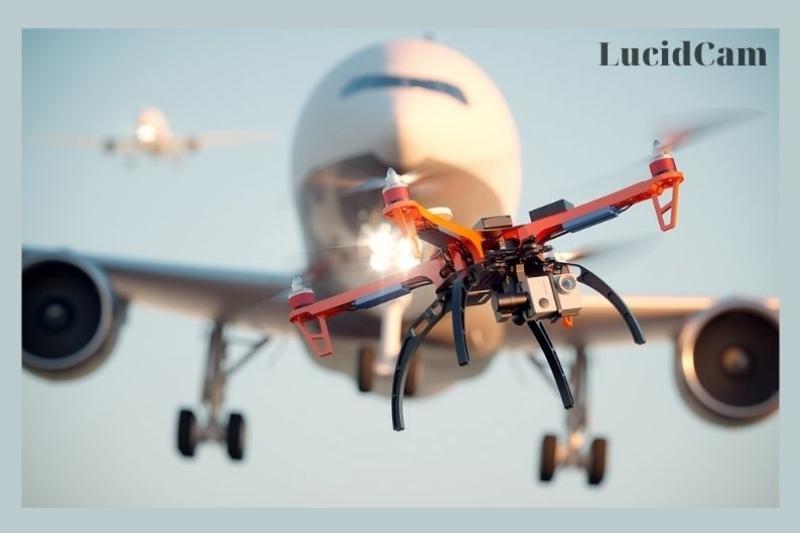
If you’re not certified by CAAP or do not possess a special flight permit, you must follow these rules:
- Use small drones with a weight of 7 kg or less
- Only fly during the day
- Keep your eyes on the ground and don’t fly further than you can see.
- Your drone must be at least 30m (around 98ft) from any other person involved in the operation.
- Avoid areas with dense populations and controlled or restricted airspace such as schools, markets, government buildings, army bases, and other institutions.
- Airports should be at least 10km away
- Keep your altitude below 400 feet
9. What is commercial use?
CAAP defines “any job or project done for remuneration” as a commercial operation.
Also, if you make money off it, it is commercial, and you will need a certificate.
Here are some examples of common services:
- Videography and aerial photography
- Inspections of structural safety
- Topographic mapping and topographic surveys
- Monitoring crop health through agricultural surveys
- Security surveillance
10. What are the requirements to use drones commercially?
Before you can operate, you must first get these three things:
- Remotely Piloted Aircraft Controller Certificate – This certifies that you are competent and knowledgeable enough to operate remotely piloted aircraft safely.
- RPAS Operator Certi – This certifies that your business has adequate safety policies, properly trained staff, and the proper equipment and facilities to offer drone services.
- RPAS Certificate Of Registration – This document assigns official numbers to your aircraft and certifies that they are fit for use.
11. How do I apply for the RPAS Controller Certificate?
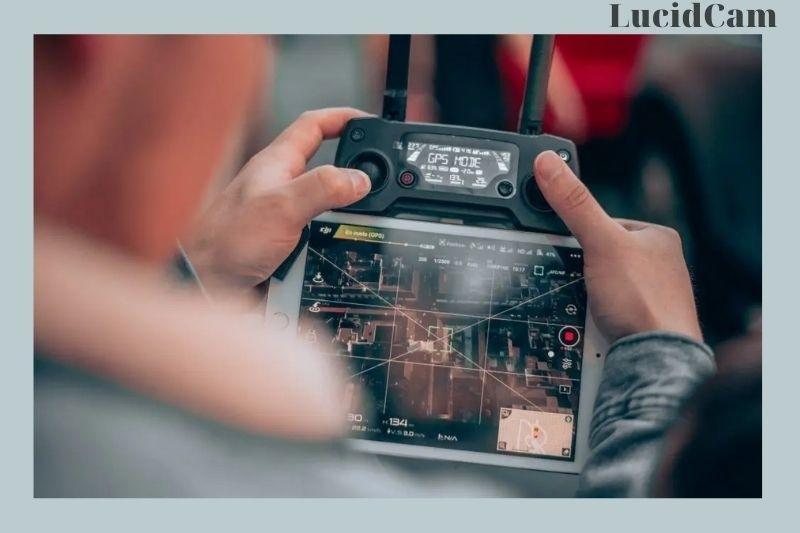
Although it is simple to become a drone pilot/controller, the licensing staff can be very helpful. However, it takes time.
Here is a brief summary of the requirements to become a CAAP-certified drone pilots/controller.
1. These requirements should be completed and submitted in person to the CAAP licensing department.
- An authorized operator will issue a certificate proving that you have completed at least five hours of flight training
- Filled out CAAP Form #542 (download it here).
- Photos and technical specifications (top, bottom side, front view) for your aircraft
2. The licensing staff will give you a Routing Slip and guide you through the next steps, which include the knowledge test.
3. You will receive a Knowledge Test Report once you have passed the written exam. To receive a Skills Test Permit and schedule, submit this report.
4. Attendance on the scheduled day is required to pass the Skills Test. Submit the following information to apply for the Controller Certificate:
- Results of the Knowledge Test and Skills Test
- 2 1×1 photos
5. After five working days, you can pick up your certificate
12. How do I apply for the RPAS Operator Certificate?
Here are the steps you need to take to get your company certified to use drones for commercial purposes:
1. Send a letter of intent to the Assistant Director-General of Flight Standard Inspection Service (FSIS), together with the Pre Application Statement of Intent Form
2. Optional: A meeting can be arranged to discuss the process.
3. Wait for FSIS approval. Once you have been accepted, you will be given a list with additional information about your business, employees, policies, and facilities. These could include:
- Manual from the manufacturer of your RPA
- Your organization’s operations manual
- Your organization’s training manual
- Franchise of Civil Aeronautics Board (for agricultural purposes).
- Service/Lease Contract (between contractor & agriculture company).
- RPAS Insurance/Third-Party Liability
- If applicable, Special Certificate of Airworthiness
- SEC and DTI registration
- RPAS Certificate from CAAP
- Photocopy of the primary controller certificate and their resume
- Organizational chart
- Photos of your equipment and facilities
- Copie of the official receipt
4. Send the documents and wait for FSIS to review them. Your organization will be subject to several inspections if it is accepted.
- Safety inspection of your equipment and facilities
- Organizational inspection of your staff, and management responsibilities
- RPAS inspection: You will be required to demonstrate your services, and they will evaluate your safety and operational policies. (Ex. Do you follow your manuals’ flight procedures?
- If you feel that your qualifications are adequate to fulfill your responsibilities, we will inspect them personally
5. Final certification will be granted if you pass all inspections.
13. How do I register my drone and get an RPAS Registration Certificate?

It can take up to 15 days for your drone to be officially registered. Make sure you do it correctly the first time. These are the steps:
1. Send a letter of intent to the Officer in charge of the Flight Standards Inspector Service (FSIS) of the CAAP. Then, bring it to their office. Have the original copy marked as received. Include:
- Registering for a purpose
- Specifications, serial number, and model of your aircraft
2. While you wait for CAAP to reply, compile the following documents:
- Completed and notarized registration form (call CAAP to get the most recent version).
- Specifications of your drone
- History of ownership (only applicable to leased units).
- Documentation proving ownership (ex. invoice or affidavit)
- Third-party liability insurance policy
- Original DTI Certificate, or SEC corporation documents (if applicable).
- Secretary’s Certificate for corporations
- If your drone was confiscated by customs, you will need an import document (customs Release Certificate).
- RPAS Operator Certi(if one is already in your possession)
- If it is your first registration, the registration fee will be P1,500 plus 12% tax
3. Wait for a few days before calling CAAP to request your registration marking number.
- Place your registration markings on a waterproof sticker and stick it to your drone. Make sure it is clear and easily visible.
- Colored photos of your drone showing the markings and serial numbers from multiple angles can be printed.
4. Send your drone back to CAAP and receive your registration marking approval letter. This letter should be submitted along with any other documents.
5. CAAP will update your registration if it takes more than 15 days. When your Certificate of Registration is ready, return to the CAAP office.
14. Can I fly a drone in the Philippines?
Drone laws here are governed by The Civil Aviation Authority of the Philippines which has the
Exclusive oversight powers in regards to drone and drone-related policymaking.
Note to Foreign Operators
Importing UAVs to the Philippines
Before you enter the Philippines, it is a good idea to obtain a “Carnet” (Merchandise Passport) for your UAV equipment. This will avoid lengthy customs procedures, and it may also eliminate the need to pay import taxes. The Philippines is not a country that requires a carnet, but the Philippine Bureau of Customs might accept it as documentation.
The Bureau of Customs may require an “Import Bond” in certain cases to ensure that UAV equipment is not sold into the marketplace. The declared value of the unmanned aerial vehicles being imported determines the cost.
Conclusion
The Philippines is a great destination for anyone into drone photography or videography, but there are some important things you need to know first. First off, the country has strict laws governing how drones can be used and who can use them. It’s also essential that you have either an RP-AAPRO ID card or other certificate proving your qualifications as a commercial pilot before flying in the sky above this beautiful nation.
LucidCam hopes this article was helpful – if it wasn’t please let us know!
Related:
- Oregon Drone Laws 2023: Top Full Guide
- Pennsylvania Drone Laws 2023: Top Full Guide
- Hawaii Drone Laws 2023: Top Full Guide
- Florida Drone Laws 2023: Top Full Guide
